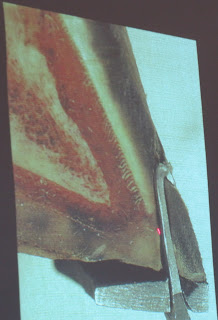dyson
New User
Hi,hope someone can advise?
Dually headcollar re..tricky horse to shoe...rears will not kick or bite simply rears...
Not afraid but rears...also does not tie up..rears so I dont tie him!!Love him to bits!!
Any thoughts please.Thanks.
Dually headcollar re..tricky horse to shoe...rears will not kick or bite simply rears...
Not afraid but rears...also does not tie up..rears so I dont tie him!!Love him to bits!!
Any thoughts please.Thanks.


